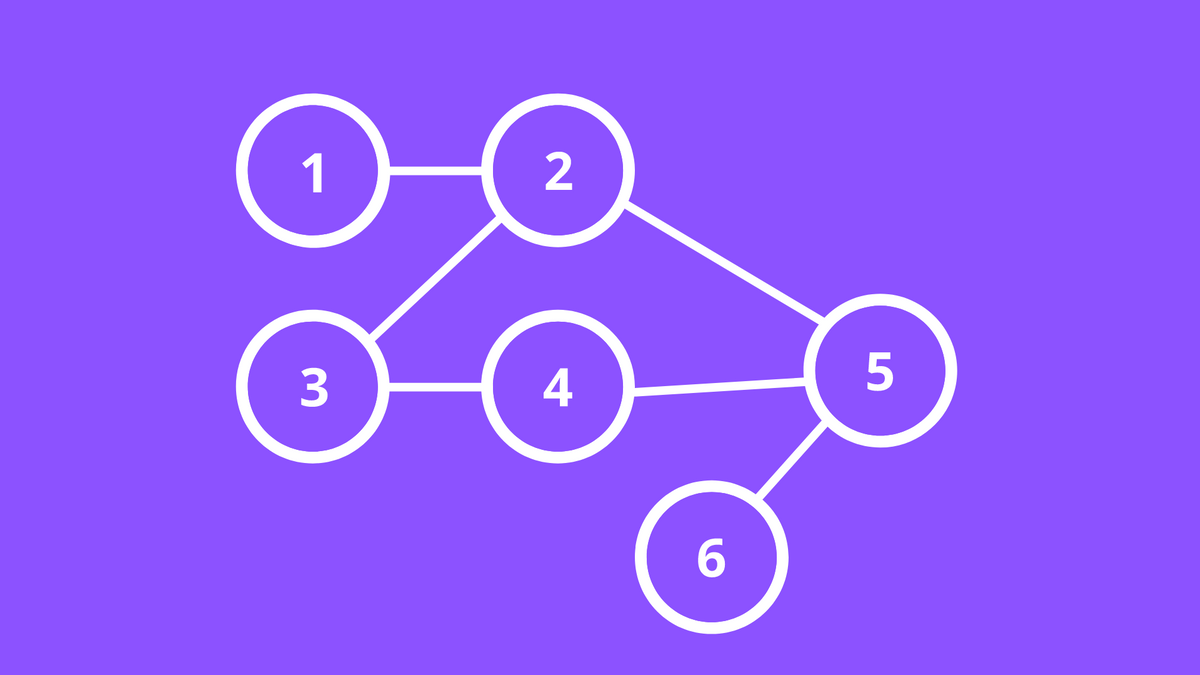
Truth Tables
All connectives take a Thruth-value and output a Truth-value.
There are six common types of Truth Tables:
1) Negation (¬)
Here p and q are propositions and in English we can say that p is true and q is false and vice versa.
2) Conjunction ( ∧ )
Here we can see that we fill the p and q in such a way that all combinations are checked. In other words, 1 with 1, 1 with 0, 0 with 1, and 0 with 0.
But how to calculate the rows of the table? With the simple formula : #rows = 2 with the power of "number of statements" (by number of statements I mean p's and q's). In our case there is only 2 sentences p and q so number of rows will be 4, because 2*2 = 4 ( 😎 ).
So, the rule for Conjunctions is "if all sentences are True(1) then it is True(1) else False(0)."
(❕ Another name for Conjunction is AND)
3) Disjunction ( ∨ )
The rule for Disjunction is " if at least one of the sentences(propositions) is True(1) then it is True(1)."
(❕ Another name for Disjunction is OR)
4) Conditional ( → )
Yeah I know 🙄, this one is a little bit tricky. To make it easy to understand let's have an example:
"If it rains, then I take my umbrella."
p = It rains
q = I take my umbrella
- p → q
Let's put it into the table:
- (1 → 1) It rained, I took my umbrella. (I didn't lie)
- (1 → 0) It rained, I didn't take my umbrella. (I lied)
- (0 → 1) It didn't rain, I took my umbrella. (I didn't lie)
- (0 → 0) It didn't rain, I didn't take my umbrella. (I didn't lie)
It will be much understandable with the next type of table.
5) Biconditional ( ↔ )
From this table we can clearly understand previous table. Biconditional says if and only if..then.. while conditional says If...then... . If you see the difference between this to expressions, I think here we can finish explaining the previous (conditional) table.
The rule that is easy to remember about Biconditional can be "If and only if all Propositions are TRUE/FALSE then TRUE".
6) Exclusive OR ( ⊕ )
Exclusive OR is the opposite of Biconditional. Here if both propositions are similar, then it is False.
To conclude, there are 6 common Truth tables: Negation, Conjunction, Disjunction, Conditional, Biconditional and Exclusive OR. I hope that it was useful.
Written by Asadulloh Rakhimov